ECG Blog #415 — The Cath showed NO Occlusion!
Ken Grauer, MD
FEBRUARY 3, 2024
The ECG in Figure-1 was obtained following successful resuscitation. Stat Echo — obtained shortly after successful resuscitation revealed anterior wall akinesis. Figure-1: The initial ECG in today's case — obtained after successful resuscitation from cardiac arrest. ( Is this ECG finding present in today’s initial ECG?



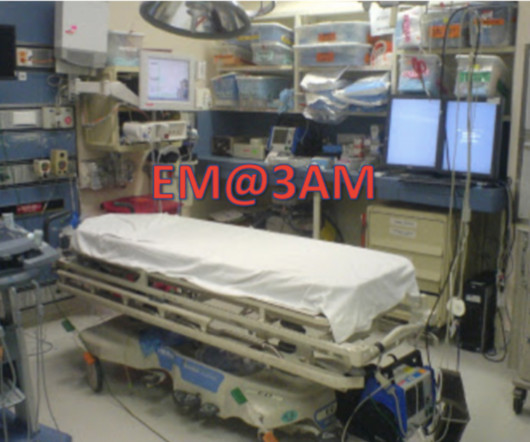

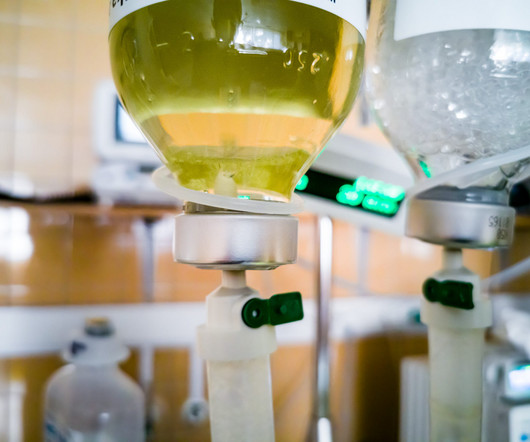
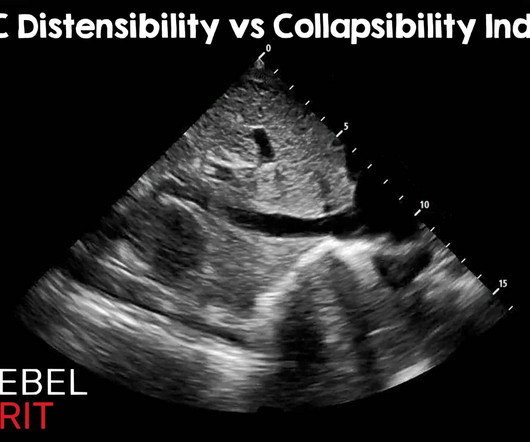


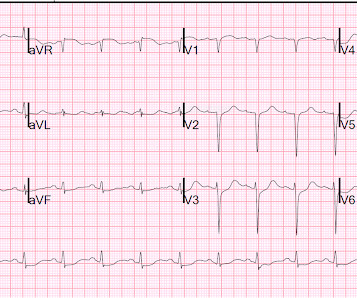




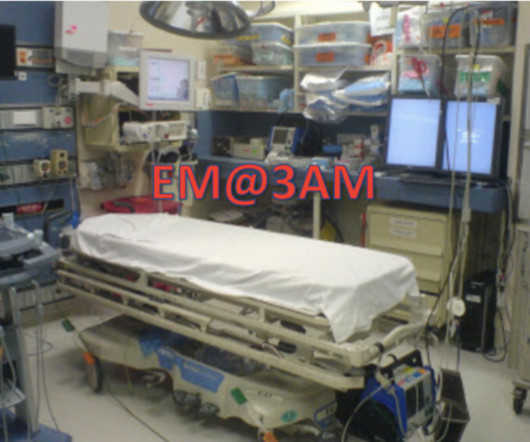








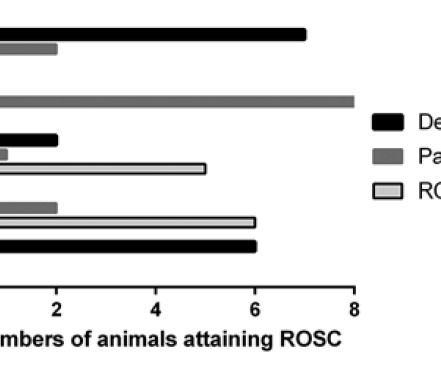


























Let's personalize your content